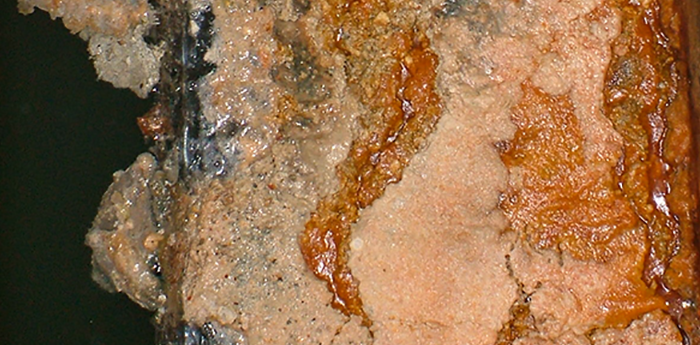Bacteria and other microbial organisms can be found everywhere in the environment around us, and their presence can invariably affect the environment we work in. For example, microbial action can directly affect the conditions found in sumps and holding tanks that are left stagnant.
In situations such as this, the concentration of oxygen in the waste effluent decreases rapidly due to metabolic uptake by aerobic bacteria. Once the waste effluent is sufficiently lacking in dissolved oxygen, anaerobic bacteria begin to grow. This will result in decreased pH, increased corrosion, and the development of noxious odors. These noxious by-products include hydrogen sulfide, which is a product of the bacteria’s metabolic cycle.
The following recommendations will effectively prevent or treat these problems.
- Add air
As mentioned previously, most noxious odors are produced by anaerobic microbes that grow in the absence of oxygen. Without air circulation, oxygen levels will be depleted by aerobic bacteria. If the waste effluent remains stagnant for a long enough period, anaerobic bacteria will begin to grow and produce hydrogen sulfide by-products.
With sufficient aeration, anaerobic microbes no longer have a suitable environment to grow and multiply. - Remove oil
Oil build-up on the surface of the waste effluent will prevent oxygen from reaching the fluid underneath. Oil will also provide a feed-source for anaerobic bacteria. - Test the waste effluent
Detecting changes in clarity and odor are usually sufficient. If the clarity or odor of the waste effluent has changed significantly, the chemistry has changed. Bacterial count can change very quickly with changes in conditions of the fluid. Use a bacteria counter for an accurate determination of bacterial activity.
Note any observable changes in the fluid such as scum, oil content and foaming capacity which all indicate that the fluid needs to be changed or treated. If the fluid requires removal, ensure that there is no build-up on the bottom of the sump or holding tank. Deposits at the bottom of the sump or tank can act as a food supply for bacteria. - Treat the waste effluent
Certain oils or fluids may contain thiols or other sulfur-containing compounds. These compounds are one of the basic food supplies of anaerobic bacteria. Therefore, to prevent noxious emissions, it may be necessary to periodically treat the fluid with an additive to neutralize these contaminants. Talk to your West Penetone representative for the appropriate additive.
Even if insufficient aeration is provided, anaerobic bacteria cannot proliferate with a lack of food supply.
There are numerous ways of controlling microbial growth. The key is to not create an environment that will allow bacteria and other microbial organisms to grow and multiply.
On a regular basis, the following recommendations on sump or holding tank maintenance will reduce the conditions conducive to an anaerobic environment.
- Drain fluid and remove all deposits from the bottom of the tank
- Clean off all oily deposits
- Fill the sump or tank with a good cleaning solution and allow to circulate for several hours and drain. High-pressure spray where needed or required. Talk to your West Penetone representative for the appropriate cleaning product
- Wipe off any residues left by the cleaning solution
- Rinse the sump or tank with clean water
- Recharge the sump or tank
The above-mentioned treatment and maintenance protocols will drastically reduce the effects of microbial action on your work environment. Let West Penetone Inc. supply you with information on the proper additives for your sump or holding tank.

